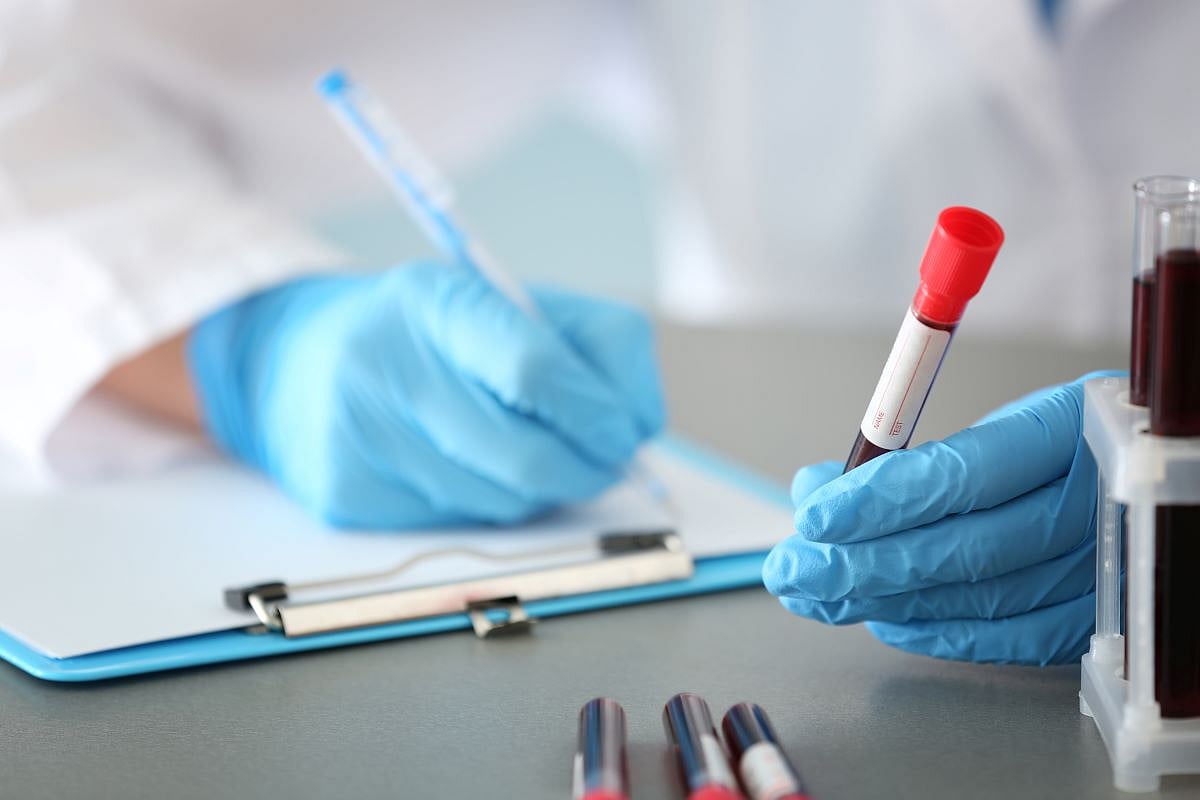Increase reported in annual number of tested patients and percentage of total patient population tested, reaching 0.24 percent in 2024
By Elana Gotkine HealthDay Reporter
FRIDAY, Oct. 3, 2025 (HealthDay News) — Testing for lipoprotein(a) (Lp[a]) increased from 2015 to 2024, but is still low, according to a study published online Sept. 26 in JACC: Advances.
Mattheus Ramsis, M.D., from the University of California, San Diego, and colleagues conducted a retrospective analysis to examine trends in Lp(a) testing across the United States from Jan. 1, 2015, to Dec. 31, 2024. Data were obtained from Epic Cosmos, a dataset created in collaboration with a community of Epic health systems representing 300 million patient records from all 50 states, the District of Columbia, Lebanon, and Saudi Arabia.
The researchers found that 728,550 (0.2 percent of the U.S. population) distinct patients underwent Lp(a) testing from 2015 to 2024. There was a significant increase in the annual number of tested patients from 14,471 to 309,806 in 2015 and 2024, respectively. There was also an increase in the annual percentage of the total patient population undergoing testing from 0.03 percent in 2015 to 0.24 percent in 2024. Considerable regional variation was seen, with the highest number of tests performed in California, Ohio, and Texas (11.6, 8.6, and 7.6 percent, respectively). Testing was performed most often among adults aged 50 to 65 years (34.8 percent). Lp(a) testing rates were similar by sex (51.8 and 48.2 percent among men and women, respectively).
“We’re seeing a growing recognition among clinicians of the importance of Lp(a) testing, but the low overall testing rates and regional imbalances highlight how much further we need to go,” Ramsis said in a statement.
Several authors disclosed ties to the pharmaceutical industry.
Copyright © 2025 HealthDay. All rights reserved.








